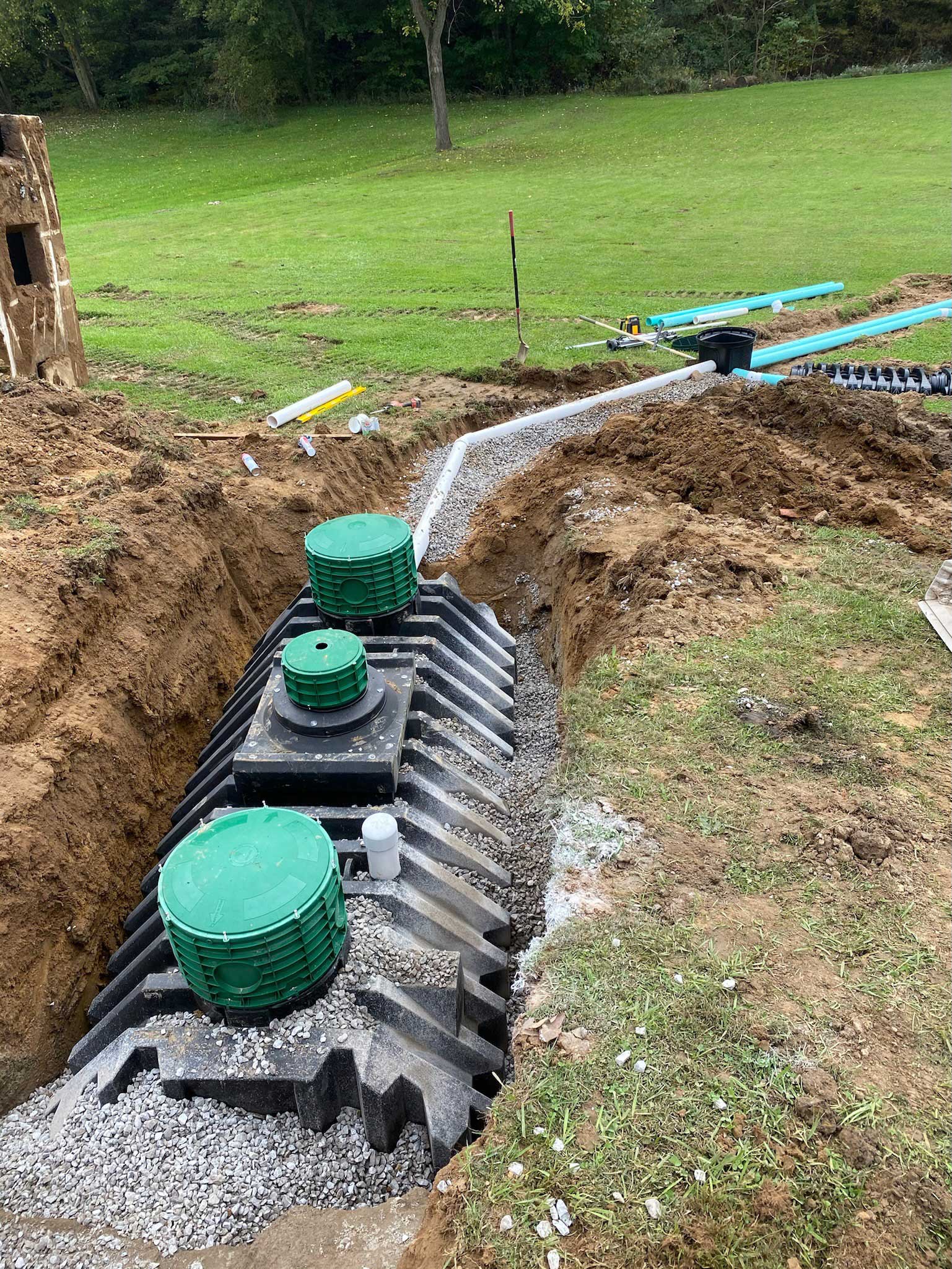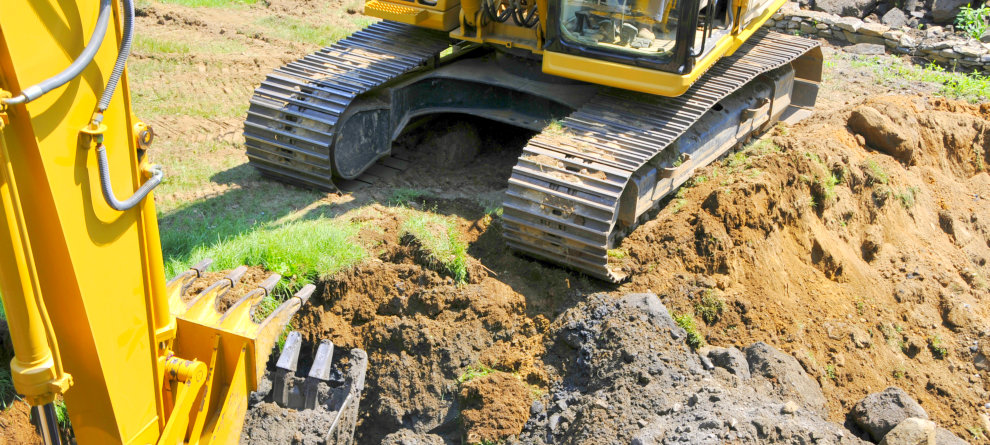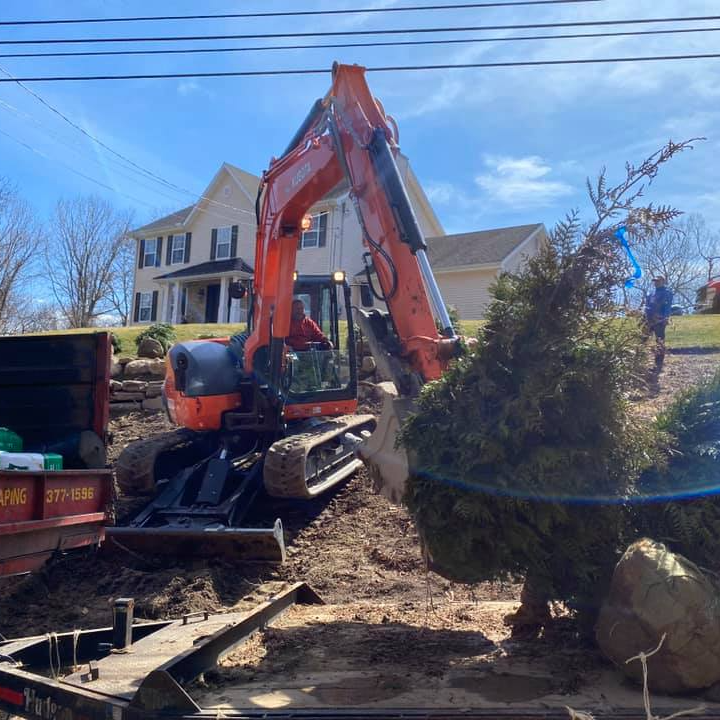Expert Septic Ohio - Relied On Septic Tank Experts in Ohio
Extensive Exploration: The Science Behind Superior Excavation Practices
From ancient hand devices to modern-day hydraulic excavators, the advancement of excavation methods has actually been a testimony to human ingenuity and technological improvements. What really establishes superior excavation techniques apart is a deep understanding of geological concepts, coupled with the application of cutting-edge devices and techniques.
Evolution of Excavation Methods
Throughout history, the evolution of excavation strategies has actually played an important function ahead of time building techniques and historical discoveries. From the fundamental tools made use of by our ancestors to the advanced machinery employed in modern times, the progression of excavation techniques has substantially transformed how we approach different projects.
In old times, manual labor with fundamental devices such as shovels, pickaxes, and wheelbarrows was the key technique of excavation. This labor-intensive procedure restricted the depth and scope of excavations, usually resulting in slow-moving progress and limited accessibility to particular websites. Nonetheless, as worlds advanced, so did the techniques and devices utilized for excavation.
The Industrial Change noted a turning point in excavation experiment the introduction of steam-powered equipment. This advancement revolutionized the field, permitting faster and much more considerable excavations. In modern times, modern technology plays a crucial duty in excavation, with developments like GPS systems, drones, and 3D scanning enhancing precision and performance in the field. The advancement of excavation strategies remains to shape the way we construct, discover, and understand the globe around us.
Function of Technology in Excavation

The integration of cutting-edge technology has essentially changed the area of excavation, boosting accuracy and effectiveness to unmatched degrees. Among the crucial technical advancements that has significantly affected excavation techniques is the use of general practitioner systems. These systems permit accurate mapping of excavation websites, enabling operators to properly find underground utilities and structures. In addition, using telematics in excavation tools has actually made it possible for real-time tracking of maker performance, leading to aggressive maintenance and raised functional performance.
Moreover, the introduction of 3D modeling and simulation software has streamlined the planning process for excavation jobs. Drivers and engineers can currently envision the whole excavation process prior to damaging ground, recognizing potential obstacles and optimizing workflow. Combined with this, the implementation of drones in excavation activities has actually promoted airborne studies, volumetric measurements, and website examinations with unequaled rate and precision.
Geological Concepts in Excavation
An understanding of geological principles is crucial for making sure the structural integrity and stability of excavation websites. Geological aspects play an essential function in figuring out the feasibility and security of excavation jobs (lancaster trenching). One key geological concept to consider is the sort of soil or rock existing at the site. Different soil kinds, such as sand, clay, or crushed rock, have differing levels of stability and require different excavation techniques. As an example, cohesive soils like clay might need additional support to protect against collapses, while sandy soils might be prone to erosion throughout excavation.
In addition, the geological structure of the area, read review consisting of faults, fractures, and rock developments, must be thoroughly analyzed to identify possible threats and obstacles. Digging deep into near geological fault or unstable rock formations can result in instability and potential risks. By carrying out comprehensive geological surveys and evaluation, excavators and designers can establish techniques to minimize threats and guarantee the effective conclusion of excavation projects. Ultimately, incorporating geological concepts into excavation techniques is vital for accomplishing safe, effective, and lasting results.

Most Recent Tools for Excavation
In the world of excavation methods, modern innovations in tools have actually transformed the efficiency and accuracy of excavation processes. These drones can provide thorough airborne surveys of excavation sites, offering real-time information on topography and prospective risks.
One more cutting-edge device gaining popularity is the application of 3D printing innovation for producing custom-made excavation tools. This enables for the manufacturing of specialized devices that are customized to the certain needs of a task, boosting performance and minimizing downtime.
Moreover, improvements in products science have brought about the development of stronger and a lot more long lasting excavation devices. excavating ohio. Tungsten carbide-tipped excavator attachments, as an example, offer premium efficiency in challenging ground conditions, improving efficiency on-site
Science's Influence on Excavation Practices

Furthermore, advancements in materials science have led to the production of more powerful, more sturdy excavation tools and devices. As an example, making use of composite materials in shovels and miners has enhanced their performance and durability, eventually increasing productivity on excavation websites. In addition, scientific study on dirt technicians and geotechnical engineering has provided important understandings right into soil actions, permitting excavation specialists to make educated decisions relating to excavation approaches and dirt stablizing strategies. On the whole, scientific research proceeds to drive innovation and improvement in excavation practices, making excavation tasks a lot more efficient, cost-effective, and lasting.

Conclusion
In verdict, the evolution of excavation strategies has been considerably influenced by innovations in innovation and a deeper understanding of geological principles. The most current tools and tools made use of in excavation have improved efficiency and accuracy in the field. The application of clinical understanding has substantially improved excavation methods, resulting in more effective and lasting techniques for excavating various types of materials.
In the world of excavation techniques, contemporary technologies in devices have actually reinvented the effectiveness and precision of excavation processes. By leveraging clinical principles, the excavation market has actually been able to substantially improve performance, accuracy, and safety and security in excavation processes. GPR permits excavation groups to non-invasively check and map subsurface website link structures, utilities, and possible hazards, allowing them to prepare excavation projects with higher accuracy and lowered risk of mishaps.
Additionally, scientific research on soil technicians and geotechnical design has supplied useful understandings right into soil habits, allowing excavation professionals to make educated decisions concerning excavation approaches and dirt stablizing techniques. In general, scientific research proceeds to drive advancement and renovation in excavation techniques, making excavation jobs much more reliable, affordable, and lasting.